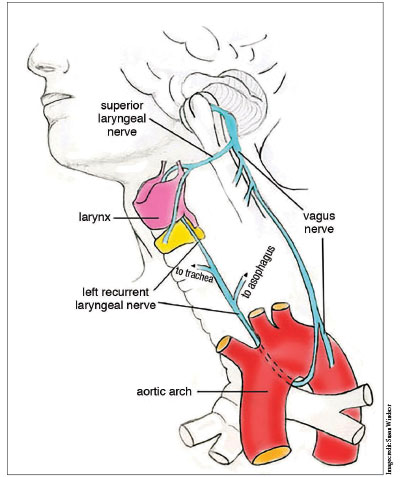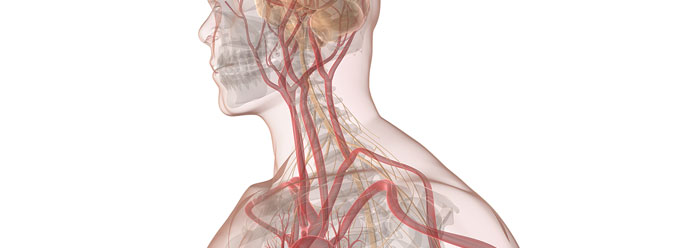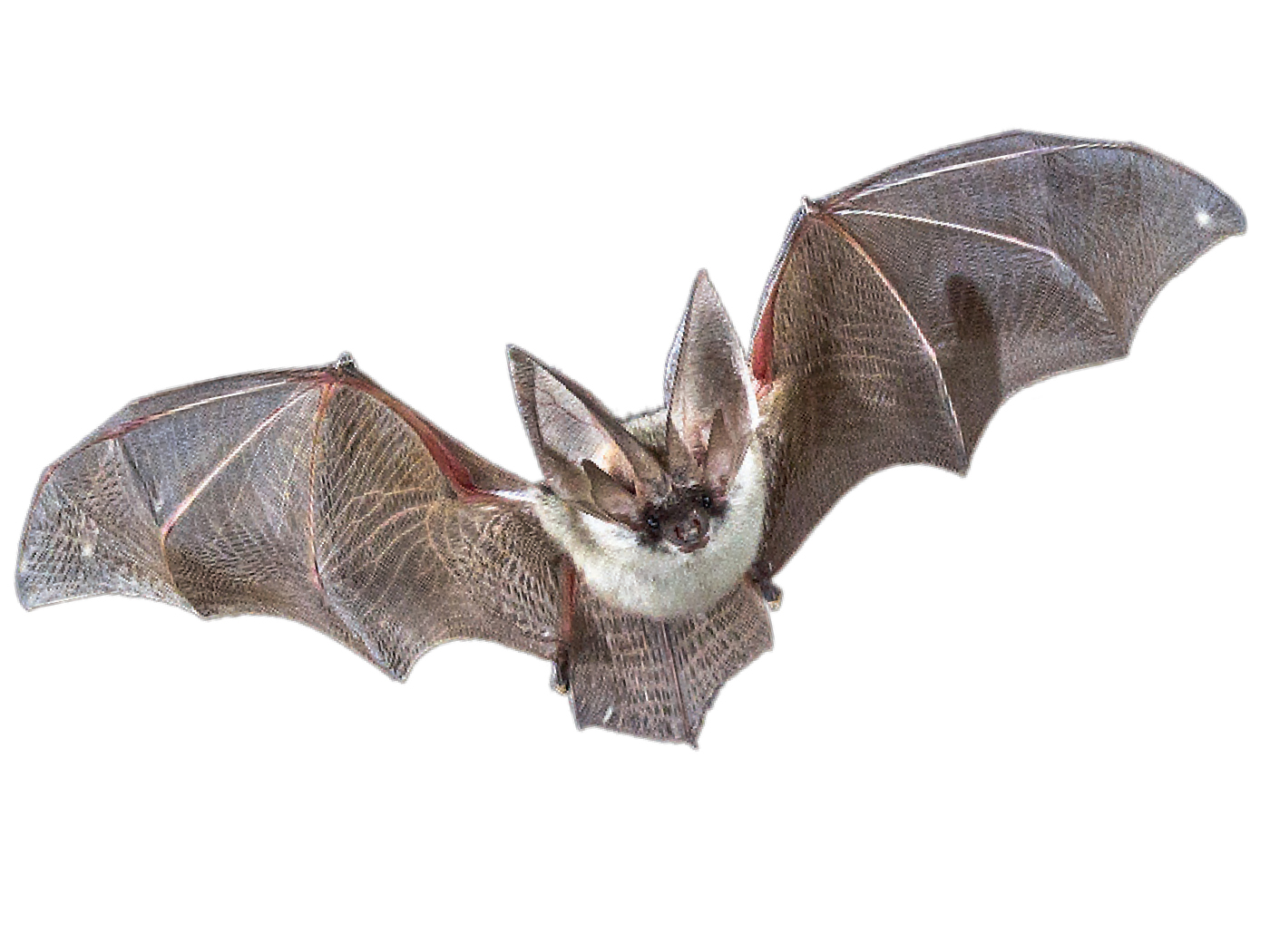 “There you go again” is Ronald Reagan’s unforgettable line from his 1980 United States presidential election debate with incumbent President Jimmy Carter. This pithy phrase is not insulting but is certainly less than flattering. It is meant to characterize an opponent’s claim as a worn-out, ill-conceived non-truth.
“There you go again” is Ronald Reagan’s unforgettable line from his 1980 United States presidential election debate with incumbent President Jimmy Carter. This pithy phrase is not insulting but is certainly less than flattering. It is meant to characterize an opponent’s claim as a worn-out, ill-conceived non-truth.
Well, “there you go again” fits David Barash’s recent Wall Street Journal opinion piece. Titled “Imperfect Reproductions,” it parroted the tired evolutionary assertion that human bodies are Exhibit A for all things poorly designed.1 Barash, an evolutionary psychologist, was thrilled to review Jeremy Taylor’s book Body by Darwin,2 which itemizes several alleged examples of how the human body reflects an evolutionary history. Many evolutionists believe that sticking a “poor design” tag onto a creature’s traits constitutes scientific evidence against creation and for evolution. But that line of thinking is beset with problems.
Opinions that an Intelligent Designer would not be a poor designer, though reasonable, are theological in nature, not scientific. Nonetheless, many evolutionists believe that pursuing evidence for poor design is a scientific search. However, classifying a structure as “poorly designed” amounts to little more than another area of discussion involving evolutionary extrapolation (i.e., imagination).3 There is no objective test for poor design. So, how do evolutionists look at a feature and actually “see” poor design?
Seeing poor design invokes as many “there you go again” flights of imagination as seeing creatures with “primitive” or “transitional” features, “seeing nature select,” or “seeing convergent evolution.” These are all mystical mental constructs that are only mental visualizations, not realities flowing from tangible observations. However, secular scientists’ naturalistic worldview compels their persistent quest to find nature’s poor designs.
Evolutionists Believe Nature Blindly “Cobbles Together” Organisms
The expectation of poor design is inseparable from the belief that mindless nature is life’s creator. How could nature shape organisms? Boston University’s vocal and dogmatic evolutionary biologist David Levin recently outlined how he thinks nature slowly patches organisms together. First, random mutations in a creature’s DNA are caused by nature’s forces. Later, nature dispenses death to the unfit, whereby nature selects only the fittest survivors, and in this way “natural selection is the sculpting of the genome by the environment.”4
Sculpting? A reader may be misled to think of the artistic attention to detail exhibited by Michelangelo. Levin’s sculpting, in contrast, comprises millions of imagined genetic tweaks honed through struggle and death over eons. The only supporting evidence for the sculpting process envisioned by Levin is that he “sees” many designs that his own mind characterizes as “poor.” But neither the sculpting process nor the classification of poor design is based on objective observations.
Evolutionists like Levin believe this ubiquitous process to be an inherently unplanned, hodgepodge affair. Two evolutionary biologists hold that “regulatory [genetic] elements that are cobbled together, incorporating binding sites [in the genome] for multiple collaborating transcription factors to take advantage of an existing landscape of developmental regulators, appear to be common.”5 Other evolutionary researchers claim that “the discovery that the hemoglobins of jawed and jawless vertebrates were invented independently provides powerful testimony to the ability of natural selection to cobble together similar design solutions using different starting materials.”6 It appears that even though nature cannot exercise any detected agency, the minds of selectionists readily project onto nature incredible creativity and resourcefulness.
Lists of “poorly designed” human structures include eyes, throats, and birth canals, along with molecular features like the blood-clotting cascade and DNA itself. Evolutionists also assert that one long nerve in our neck, the recurrent laryngeal nerve (RLN), not only reflects poor design but is evidence that we long ago descended from fish. As additional scientific information is gained, these claims are being exposed as one major evolutionary blunder after another. Examination of the RLN reveals its “poor design” claim to be another classic blunder.
The “Maladaptive” Recurrent Laryngeal Nerve
Vocal cords in the larynx are innervated by the right and left laryngeal nerves. These nerves branch off of their respective vagus cranial nerves. On the left side, the vagus nerve travels from the skull, down the neck, toward the heart, and then past it. The recurrent laryngeal nerve branches off from the vagus just below the aorta. Looping under the aorta, the RLN then travels upward (or recurs) to serve several organs as it travels up to the larynx. Evolutionists see poor design in the fact that the left nerve does not branch off closer to the larynx. (It should be noted that even though the left RLN is longer than the right nerve, signals to each nerve are adjusted so that the vocal cords are stimulated simultaneously so normal speech is produced.)
Suppose an advocate for Intelligent Design debated Dr. Jerry Coyne, emeritus professor of evolution at the University of Chicago. “There you go again” would be a fitting response to his list of poor designs. In Why Evolution Is True, Coyne affirms that “one of nature’s worst designs is shown by the recurrent laryngeal nerve in mammals. The curious thing is that it is much longer [about two feet longer] than it needs to be.” He later adds, “This circuitous path of the recurrent laryngeal nerve is not only poor design, but might even be maladaptive.”7
He claims that the only reasonable explanation for the route of the nerve is that it originally started out innervating gills in fish. Later, amphibians evolved from fish and reptiles, and mammals evolved from them. Then, he says, “during our evolution” as our heart moved into our chest (unlike fish) “to keep up with the backward evolution of the aorta, the laryngeal nerve had to become long and recurrent” up to our larynx (which fish also don’t have.)7
Paleontologist Donald Prothero echoes, in another “there you go again” conclusion, the same assertion: “Not only is this design wasteful, but…the bizarre pathway of this nerve makes perfect sense in evolutionary terms. In fish and early mammal embryos, the precursor of the recurrent laryngeal nerve [is] attached to the sixth gill arch, deep in the neck and body region.”8
These are definitive declarations, considered undeniable evidence of poor design and for evolution.
The RLN: Evolutionary Declarations Are Stunningly Wrong
Scientific literature published over a decade prior to either Prothero’s or Coyne’s book detailed a very good reason why the RLN loops under the aortic arch. The RLN plays several key roles during a baby’s pre-birth development, one of which is absolutely vital and quite intriguing.
To set the stage, we know that while a baby develops in his mother’s womb, he is living in a watery world in which his lungs are not functioning for oxygen exchange. Therefore, most blood bypasses the lungs through some temporary shunts. One shunt is a small artery with a very muscular wall that connects the pulmonary trunk to the aorta. Its Latin name is ductus arteriosis. When the baby takes his first breath upon birth, the artery detects specific signals, and the muscular wall constricts in order to close the vessel. Blood is now forced into the lungs. Why does the ductus arteriosis have such a muscular wall compared to other blood vessels that have far more elastic fibers?
Investigations at Johns Hopkins Medical School found that during development, “the left vagus nerve and its recurrent laryngeal branch form a sling supporting the distal (or ductus arteriosus component) of the left sixth aortic arch.” Remarkably, these researchers found in their study that
The media [composition of the blood vessel wall] of the ductus arteriosus beneath the supporting nerves is thinner and has less elastic fiber formation than the elastic lamellar media of the adjacent aortic arches. The study shows that the vagus and recurrent laryngeal nerves are in a position to provide mechanical support to the ductus arteriosus during its development and that the morphology [or composition] of the media of the supported ductus arteriosus differs from that of the adjacent unsupported aortic arches. It is suggested that this local mechanical support may be the reason that the normal ductus arteriosus differentiates as a muscular artery and is therefore able to obliterate its lumen in postnatal life. Without such support the ductal media could develop the abundant elastic fibers characteristic of the normal unsupported aorta and pulmonary trunk and become an abnormal, persistently patent [or open] ductus arteriosus [not a good situation].9
Developmental research shows how the RLN could be seen as a wise mechanism, designed to provide the right supporting conditions during a baby’s development for the ductus arteriosus to form correctly. There are multiple purposes for this nerve beyond activating the left vocal cord. Its length, location, and function all point to ingenious—not poor—design. The assertion that its position in our body is due to a remote fish ancestry is yet another colossal evolutionary blunder.
“Poor Design” Is an Assertion Made from Ignorance
When they present a “poor design” argument, critics usually demonstrate a profound lack of knowledge of the structures they fault. Their criticisms are not backed up by people who actually conduct research on those parts. Though these critics may not know what they are talking about in regard to function, there are other problems with their argument.
From a design perspective, the blunder over the RLN clearly shows that evolutionists may be unaware of the need to balance several competing interests. This principle of design is known as optimization. Because a design doesn’t maximize the performance of the one particular trait capturing evolutionists’ interest, they don’t think it relevant to search out whether the entity as a whole was designed. They may be ignorant of good reasons for design tradeoffs between various traits, as well as other traits yet to be discovered. Balancing design tradeoffs is difficult work. It is a powerful indicator of intelligence behind a design.
But even if a claim of poor quality were true, that alone would not disestablish design. Items designed by humans range in quality from careless to extremely fine. Quality in itself is not the sign of intellectual activity. Genuine design does not demand anything be of the best quality. Questioning how something was designed has nothing to do with the question of whether it was designed.
Poor Design: Real or Imaginary?
What would be a good reply to Dr. Abby Hafer’s new book, The Not-So-Intelligent Designer: Why Evolution Explains the Human Body and Intelligent Design Does Not,10 or when Jerry Coyne chimes in, “In clear and lively prose, [Kenneth] Miller shows that complex biochemical pathways are cobbled together from primitive precursor proteins that once had other functions but were co-opted for new uses”?11 There you go again.
When reading evolutionary literature, be sensitive to the fact that you are destined to hear many words that are toxic in the way they misrepresent reality and that substitute fantasies for observation. Such writings habitually personify nature as being able to “cobble together,” “invent,” and exercise agency through “natural selection [as] the sculpting of the genome by the environment.”12 It is legitimate to ask how much of the Darwinian process is just a phantasm that exists only in one’s mind. No wonder that when evolutionary theory is extrapolated to real life it leads to one blunder after another.
Worldviews matter. Creationists infer that since organisms and sophisticated human-made things have analogous characteristics, they were both designed and crafted for a purpose. Environmental elements alone do not achieve even shoddy design, since they have not been shown to produce any design. There is absolutely no need from the outset to ever concede that anything on creatures is poorly designed. In reality, creatures in their prime normally exhibit breathtaking fit and finish. For most people, the complexity and near-perfect function in living things are “clearly seen”13 (Romans 1:20) and absolutely amazing.14
References
- Barash, D. Imperfect Reproductions. The Wall Street Journal. Posted on wsj.com January 29, 2016, accessed February 4, 2016.
- Taylor, J. 2015. Body by Darwin: How Evolution Shapes Our Health and Transforms Medicine. Chicago, IL: The University of Chicago Press.
- Guliuzza, R. J. 2015. Major Evolutionary Blunders: The Imaginary Piltdown Man. Acts & Facts. 44 (12): 12-14.
- Spetner, L. M. Information and mutation—Responding to David Levin. Evolution News and Views. Posted on evolutionnews.org February 2, 2016, accessed February 5, 2016.
- Hersh, B. M. and S. B. Carroll. 2005. Direct regulation of knot gene expression by Ultrabithorax and the evolution of cis-regulatory elements in Drosophila. Development. 132 (7): 1567-1577.
- Simons, T. Biologists find that red-blooded vertebrates evolved twice, independently. University of Nebraska-Lincoln news release. Posted on newsroom.unl.edu July 26, 2010 accessed February 9, 2016.
- Coyne, J. 2009. Why Evolution Is True. New York: Viking, 82-84.
- Prothero, D. R. 2007. Evolution: What the Fossils Say and Why It Matters. New York: Columbia University Press, 37-38.
- Leonard, M. E., G. M. Hutchins and G. W. Moore. 1983. Role of the vagus nerve and its recurrent laryngeal branch in the development of the human ductus arteriosus. American Journal of Anatomy. 167 (3): 313–327.
- Hafer, A. 2015. The Not-So-Intelligent Designer: Why Evolution Explains the Human Body and Intelligent Design Does Not. Eugene, OR: Cascade Books.
- Coyne, J. A. Seeing and Believing: The never-ending attempt to reconcile science and religion, and why it is doomed to fail. The New Republic. Posted on newrepublic.com February 3, 2009, accessed December 29, 2015.
- Spetner, Information and mutation—Responding to David Levin.
- Guliuzza, R. J. 2010. Fit & Function: Design in Nature. Acts & Facts. 39 (2): 10-11.
- For an informative review of the important role of the RLN, see Bergman, J. 2010. Recurrent Laryngeal Nerve Is Not Evidence of Poor Design. Acts & Facts. 39 (8): 12-14.
* Dr. Guliuzza is ICR’s National Representative.






















